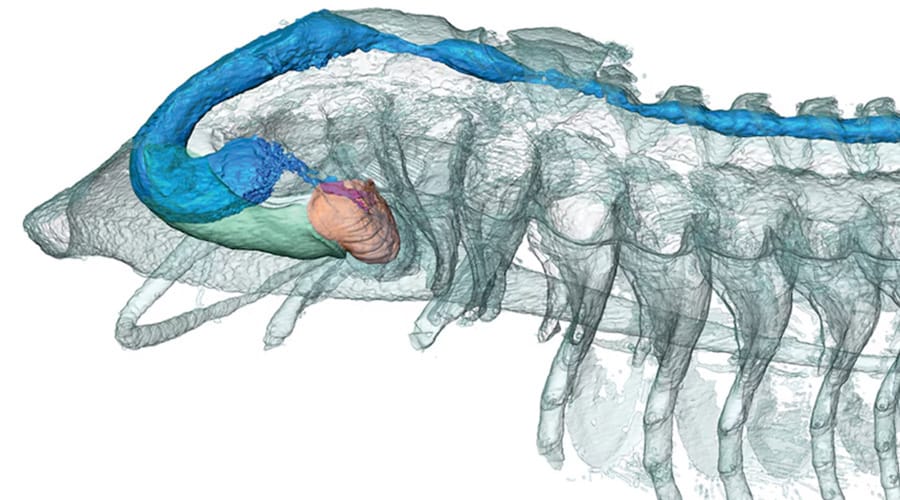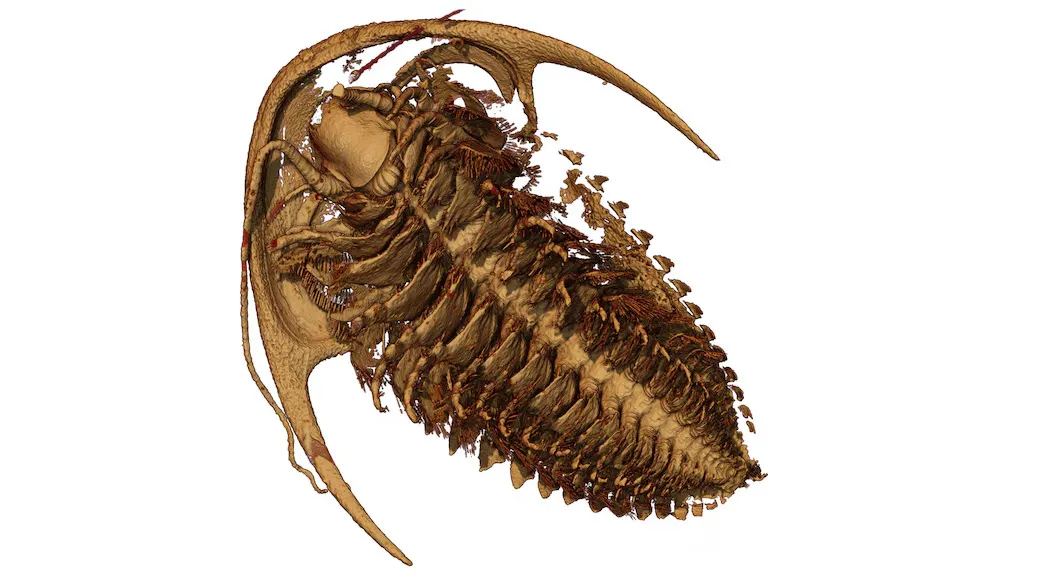Table of Contents
It’s become drearily commonplace for an over-excited media to proclaim that every moderately interesting scientific discovery “turns science on its head”. For once, though, they’re onto something. Perhaps the most exciting development in paleontology since the Ediacara discovery in South Australia in 1946 has taken place in Morocco.
The previous iron rule of paleontology is that fossils only occur in sedimentary rocks. The violence, heat and pressure associated with volcanic rocks precludes any biological remains surviving. All that’s abruptly changed. The discovery of astonishingly perfectly-preserved 509-million-year-old trilobite fossils in volcanic ash is revolutionising not just our knowledge of these ancient creatures, but the whole notion of where to look for fossils.
“When you are being trained as a palaeontologists or a geologist you are told fossils only occur in sedimentary rocks, you’ll never find them in volcanic rocks,” [University of New England palaeontologist and investigation co-lead, Professor John Paterson] said.
“This [discovery] basically turns that on its head; we now have a new type of rock to look in for exceptionally preserved fossils.”
Exceptionally preserved is an understatement. Just volcanic ash preserved Pompeii and its inhabitants and the volcanic ash in Morocco, almost as fine as talcum powder, has preserved the soft body parts of the trilobites in astonishingly fine detail.

“We have the antennae, the walking legs, we’ve even got the entire digestive system preserved in one of the specimens,” he said.
“This is extraordinarily rare, and we are actually seeing everything in 3D because they’ve been preserved in this volcanic ash […]
“The ash is so fine-grained, it’s a little bit like talcum powder, so it’s very good at modelling all of the fine anatomical features right down to little bristles on the walking legs, which are about a tenth of a millimetre in length.”
It’s believed that the ash from the ancient eruption rapidly buried the trilobites in their preferred habitat of shallow shoreline waters. Almost like encasing them in plaster of Paris, the ash and water quickly moulded and cemented the animals in place.
The resulting fossils are not just perfectly three-dimensional, itself a rarity in fossils, but researchers are also able to use a CT scanner to determine fine anatomical details.
Researchers discovered a structure called the labrum, a fleshy lip attached to part of the head.
“That’s where the mouth is located, and it acts like a feeding chamber where the food is processed,” he said.
“Just behind this structure, you’ve got some very unusual feeding appendages, which I kind of describe as spiny spoons the trilobite would have used to chew its food and then scoop the food into its mouth.
“We have never seen anything like this before in trilobites.”

If volcanic ash could preserve trilobites in such amazing detail, then the possibility of finding larger animals like dinosaurs has paleontologists excited.
“Provided the conditions were right and you had the right volcanic activities present at the time, the sky is the limit in terms of the things we could find,” Dr Paterson said.
“This has got me really excited to go back to some of the field sites I work on in South Australia where we do find some of these volcanic layers.”
ABC News
The volcanic deposits are potentially a treasure trove, for the simple reason that no one’s ever bothered searching them for fossils before.









